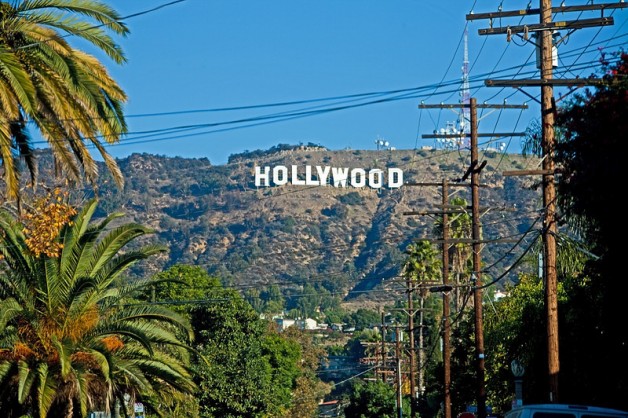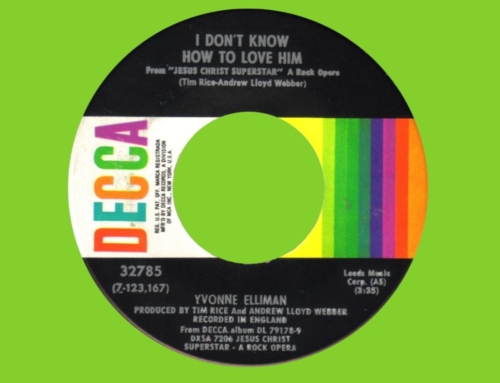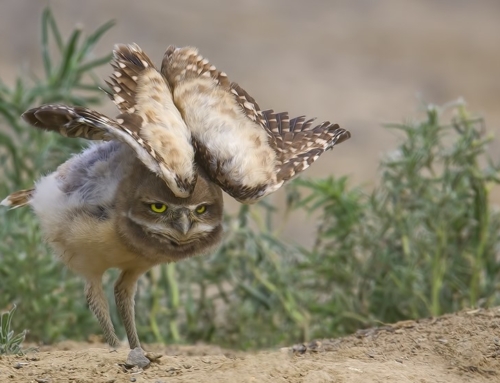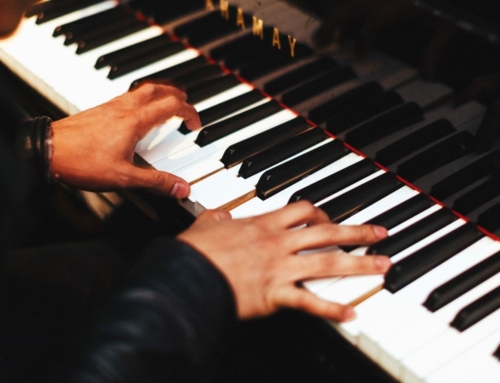Near the foot of the Hollywood Hills, in the shadow of the iconic white towering Hollywood sign, quietly sits the Monastery of the Angels, a community of Dominican nuns. In 1924, only a decade after the first movie studios began producing films in Hollywood, Our Lady of the Angels Monastery was founded by a group of sisters sent from the first American perpetual adoration monastery, St. Dominic’s in Newark, New Jersey.
The nuns, invited by the bishop of what was then the Diocese of Los Angeles-San Diego, were the first cloistered community of monastic women in Southern California. The current building, blessed in 1938, with its white stucco walls and orange clay mission tile roof, sits within walking distance of many iconic entertainment institutions: the legendary Capitol Records Building, film and television studio giants Paramount and Universal, the Hollywood Bowl, and the famous Grauman’s Chinese Theatre with its Hollywood Walk of Fame.
Yet as much as Hollywood and Southern California have evolved over the last century, the quiet contemplative life of the Dominican Sisters has remained the same. In fact, the monastery has served as an oasis for the famous, a contemplative getaway from the glitz and glamour of tinseltown; the likes of Jane Wymann and Bob and Delores Hope were friends of the monastery and went on retreats there.
Not to be entirely overshadowed by Hollywood, the nuns are famous locally for their pumpkin bread and peanut brittle. Thousands of loaves of pumpkin bread are purchased every year by people from all over Southern California. Unfortunately, during the Great Recession of 2009, the nuns’ oven broke down. A city councilman lamented the tragedy as he always gave their bread away during inductions to the Hollywood Walk of Fame ceremonies. Happily a new oven was donated and the nuns are back baking their famous bread.
Of course the nuns’ most important “product” is not eatable, but is their daily prayer. This life of prayer has received media attention through a profile in the New York Times done in 2006. The exchange between the reporter and three of the sisters is revealing:
“It’s a materialistic age,” said Sister Mary Pia, gray now, her eyes milky with years. “For young women, religion is far down on the list.” Sister Mary Pia grew up in the Wilshire District of Los Angeles and joined the monastery at 17, despite the tears of her parents. Prayer, she said, had delivered her brother home from the South Pacific battlefields, and so, seeing the power in it, she dedicated her life to God. She became a novitiate [sic] in 1950, years before the birth of rock ’n’ roll. “I’ve heard of Alex Presley,” she offered. “But I wouldn’t know his music.”
Sister Mary St. Peter gave over her life in 1947, six years before the founding of Playboy magazine. “I never heard of Hugh Hefner,” she said with a shrug in the cloister’s front garden.
Sister Mary St. Pius, who arrived in 1953 from a small town in the Mojave Desert, does not know the work of the political satirist Jon Stewart. But after a brief moment, she squealed: “Martha Stewart? Oh, yes!”
The article ends with a question about the effectiveness of the nuns’ prayers in Hollywood: Is it making a difference? Sr. Mary Pia replied: “That’s the meaning of faith.”
Hollywood is often associated with a culture that promotes the exact opposite of the life of virtue and the Gospel of Life. Yet even in this “Babylon of the U.S.A.,” as one of the nuns calls it, grace abounds in the hidden life of prayer of the monastery. The nuns’ website sums up their mission best:
Following the traditions passed on to them, the nuns live a life of prayer, penance and sacrifice to obtain the salvation of all people. They carry in their hearts St. Dominic’s prayer which he often said during his vigils: “Lord, what will become of sinners?”
✠
Image: View of the Hollywood sign from the Monastery







